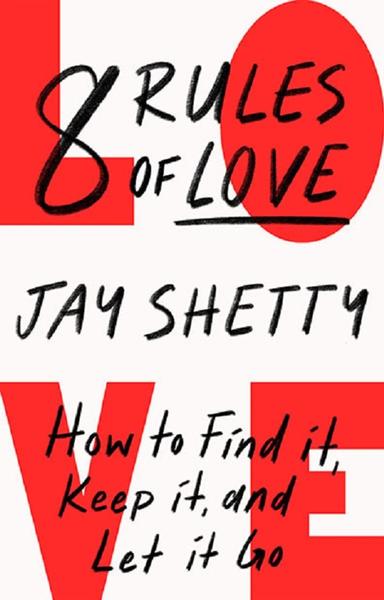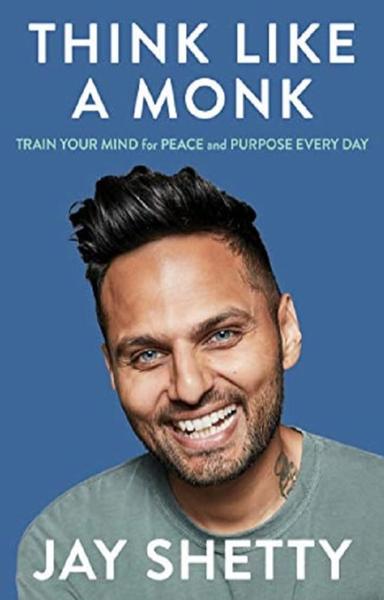If you want a new idea, read an old book.
-attributed to Ivan Pavlov (among others)
When I was eighteen years old, in my first year of college, at Cass Business School in London, one of my friends asked me to go with him to hear a monk give a talk.
I resisted. "Why would I want to go hear some monk?"
I often went to see CEOs, celebrities, and other successful peo- ple lecture on campus, but I had zero interest in a monk. I pre- ferred to hear speakers who'd actually accomplished things in life.
My friend persisted, and finally I said, "As long as we go to a bar afterward, I'm in." "Falling in love" is an expression used al- most exclusively to describe romantic relationships. But that night, as I listened to the monk talk about his experience, I fell in love. The figure on stage was a thirty-something Indian man. His head was shaved and he wore a saffron robe. He was intelligent, eloquent, and charismatic. He spoke about the principle of "selfless sacrifice." When he said that we should plant trees un- der whose shade we did not plan to sit, I felt an unfamiliar thrill run through my body.
I was especially impressed when I found out that he'd been a student at IIT Bombay, which is the MIT of India and, like MIT, nearly impossible to get into. He'd traded that opportunity to be- come a monk, walking away from everything that my friends and I were chasing. Either he was crazy or he was onto something.
My whole life I'd been fascinated by people who'd gone from nothing to something-rags-to-riches stories. Now, for the first time, I was in the presence of someone who'd deliberately done the opposite. He'd given up the life the world had told me we should all want. But instead of being an embittered failure, he appeared joyous, confident, and at peace. In fact, he seemed hap- pier than anyone I'd ever met. At the age of eighteen, I had en- countered a lot of people who were rich. I'd listened to a lot of people who were famous, strong, good-looking, or all three. But I don't think I'd met anyone who was truly happy.
Afterward, I pushed my way through the crowds to tell him how amazing he was, and how much he'd inspired me. “How can I spend more time with you?” I heard myself asking. I felt the urge to be around people who had the values I wanted, not the things I wanted.
The monk told me that he was traveling and speaking in the UK all that week, and I was welcome to come to the rest of his events. And so I did.
My first impression of the monk, whose name was Gauranga Das, was that he was doing something right, and later I would discover that science backs that up. In 2002, a Tibetan monk named Yongey Mingyur Rinpoche traveled from an area just out- side Kathmandu, Nepal, to the University of Wisconsin-Madison so that researchers could watch his brain activity while he medi- tated. The scientists covered the monk's head with a shower cap-like device (an EEG) that had more than 250 tiny wires sticking out of it, each with a sensor that a lab tech attached to his scalp. At the time of the study, the monk had accumulated sixty-two thousand hours of lifetime meditation practice.
As a team of scientists, some of them seasoned meditators themselves, watched from a control room, the monk began the meditation protocol the researchers had designed-alternating between one minute of meditating on compassion and a thirty- second rest period. He quickly cycled through this pattern four times in a row, cued by a translator. The researchers watched in awe; at almost the exact moment the monk began his medita- tion, the EEG registered a sudden and massive spike in activity. The scientists assumed that with such a large, quick bump, the monk must have changed positions or otherwise moved, yet to the observing eye, he remained perfectly still.












